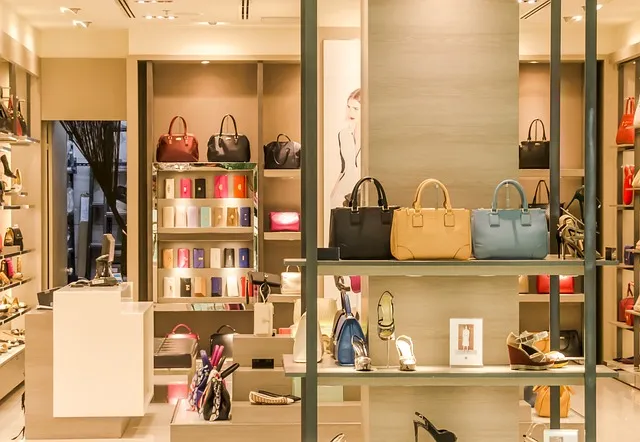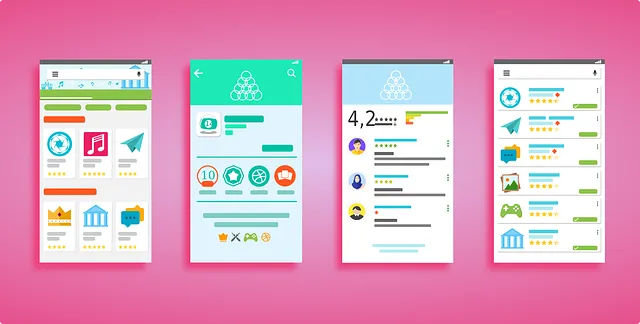Introduction.
Opening a retail store business can be a daunting task, but with careful planning and execution, it can be a successful endeavor. The first step is to choose the right location. The store should be in an area with high foot traffic and good visibility. Once the location is secured, the next step is to build out the space. This includes painting, installing shelves and racks, and decorating in a way that reflects the brand identity of the store. Finally, stock the shelves with merchandise that will appeal to customers. This may require some market research to determine what items are most likely to sell well in the chosen location.
In this article, we will know each point mentioned above in detail, keep reading. I am sure after reading this article you will feel more confident than ever.
Consideration: As you have landed on this page, I am assuming you already have decided on the shop you will open. If not, please read this article to know what sales most.
Location: Why is store location important for retailers?
There are many factors to consider when choosing a retail store location, but three of the most important are visibility, foot traffic, and demographics.
A visible location is key for attracting customers. If your store is hidden away or difficult to find, potential customers will simply move on to another more convenient retailer. Likewise, a high-traffic area ensures that there will be plenty of potential customers passing by your store every day. And finally, choosing a location whose demographics match your target customer base is important. If you’re selling upscale clothing, for example, you’ll want to avoid locating in an economically disadvantaged area where residents can’t afford your products.
In short, taking the time to carefully select a retail store location can make or break your business. Make sure you give it the attention it deserves!
Store format: Importance of retail store design.
The retail store is the face of the company for many customers. It is important to have a well-designed store that is welcoming, easy to navigate, and inviting to customers. A good retail store design can increase sales, while a poorly designed one can deter customers from entering the store or make them leave without making a purchase.
There are several factors to consider when designing a retail store, such as layout, lighting, color scheme, and displays.
- The layout should be designed so that it is easy for customers to find what they are looking for and move around the store easily.
- The lighting should be bright enough so that products well-lit but not so bright that it is overwhelming or harsh on the eyes.
- The color scheme should be cohesive and pleasing to look at without being too busy or cluttered.
- Displays should be eye-catching and highlight featured products in an attractive way without being too cluttered or overwhelming
Want to know about store layout format and planogram? Read my article small store layout and the importance of planogram.
Merchandising: Why is merchandising important in a retail store?

Merchandising is important in retail for several reasons. First, it can help to attract customers and get them interested in what a store has to offer. Good merchandising can make a store look more appealing and inviting, which can lead to more foot traffic and potential sales. Additionally, well-merchandised stores tend to be more organized and efficient, which can save time and money for both employees and customers alike. Finally, good merchandising can help boost morale among employees by making their work environment more pleasant and enjoyable. Ultimately, all of these factors contribute to increased profits for retailers.
Want to know about visual merchandising? Read my article on small retail merchandising.
How to source products for your retail store?
Retailers generally have three main options when it comes to product sourcing, the mode mainly depends on the size and format of the business. Big box companies opt for sourcing directly from manufacturers or their own exclusive channels. While medium and small buys from wholesalers. There are also many retailers who manufacture their products themselves.
While sourcing for a small retail business [Standalone retail store or a small chain having 2 or more small-sized retail stores] one should give utmost importance to the below 6 points.
- Quality of products.
- Supplier reputation. [Credentials like how long they are in business, their association with other retail businesses, whether a legal entity]
- Margin/markup. [Should give space to compete] [We will know about margin/markup a little later in this article]
- Payment terms. [Credit limit, credit cycle, advance, bulk discount, stock return & damage policy]
- Logistic [Lead time, MOQ]
- Merchandising support from the manufacturer.
Want to know more about inventory management? Read my article Inventory management for small retail business.
Brand: Creation of retail store brand.
A strong brand is essential to any business, large or small. It is what sets your company apart from the competition and drives customer loyalty. A well-crafted brand can communicate your company’s values, build trust with customers, and inspire employees.
Creating a strong brand requires careful planning and execution. First, you need to understand what makes your company unique and how you want to be perceived by the world. Then you need to create a visual identity that reflects these qualities through logos, colors, fonts, and other design elements. Finally, you must consistently communicate your brand across all channels—from website design to social media posts to advertising campaigns—to ensure that everyone who comes into contact with your company knows who you are and what you stand for.
Building a strong brand is an important investment for any business because it will pay off in increased sales, higher customer retention rates, and greater employee engagement.
How to build a strong brand for your retail store?
A strong brand is built on a foundation of trust. People must trust that your product or service will meet their needs, and they must be able to rely on you to deliver on your promises. This takes time and consistency, so don’t expect people to flock to your new business overnight. You need to give them time to get to know you and what you’re all about.
To build trust, start by being transparent with people. Tell them what your product or service is all about, how it can help them, and what they can expect from working with you. Be clear about pricing too – no one likes surprises when it comes time to pay the bill! Next, focus on delivering a great experience every single time someone interacts with your brand. Whether they’re buying something from you or just reading one of your blog posts, make sure they walk away feeling satisfied and positive about their experience.
Finally, keep in mind that building a strong brand takes patience and dedication. It won’t happen overnight but if you stay focused on creating an amazing customer experience, eventually people will start taking notice – and recommending you to others!
Want to know more, read my article creation of a brand.
Day in and day out of a retail store.
A retail store daily checklist helps to ensure that the store is running smoothly and efficiently. The checklist ensures that all necessary tasks are completed each day, such as restocking shelves and cleaning the sales floor. It also helps to identify any potential problems so they can be addressed quickly. By following a daily checklist, a retail store can help to improve its overall operations.
Download the retail store checklist template.
Set up a back office [Must when forming a retail chain]
A retail back office system is a software application that helps store managers run their businesses more effectively. It provides them with the tools they need to manage inventory, track sales, and keep customers happy. While there are many different types of retail back office systems on the market, they all share one common goal: to make running a retail business easier and more efficient.
There are several key benefits that a retail back office system can provide. First, it can help reduce costs by automating tasks that would otherwise be done manually. This includes things like tracking inventory levels and generating reports. Second, it can help improve customer service by giving store managers the ability to quickly access information about products and services. Finally, it can help increase sales by providing store managers with the tools they need to better understand their customers’ needs and preferences.
While there are many advantages to using a retail back office system, there are also some potential drawbacks that should be considered before deciding to implement one in your business. One such drawback is the cost of purchasing and maintaining the software application itself. Additionally, you will need to train your employees how to use the new system which may take some time away from their regular duties.
Omnichannel presence: Offline and online retailing

An omnichannel strategy is a coordinated marketing approach, selling, and fulfilling orders across multiple channels. By integrating data and operations across channels, businesses can provide a consistent experience for customers while also reducing costs.
There are three key components to creating an omnichannel strategy for a retail store:
1) Identify customer needs and preferences: Businesses need to understand how customers want to shop and what their expectations are in terms of service, delivery times, etc. This can be done through surveys, focus groups, or other research methods.
2) Develop channel capabilities: Once you know what customers want from each channel, you need to ensure that your business can deliver on those expectations. This may require investing in new technology or processes.
3) Align incentives: For an omnichannel strategy to be successful, everyone in the organization needs to be working towards the same goals. Sales commissions should be based on total sales rather than individual channel sales, for example.
Conclusion
You can start a business too. You don’t need to have a lot of money, experience, or even an idea to get started. All you need is the willingness to work hard and the belief that you can succeed. Starting your own business can be one of the most rewarding things you’ll ever do. It’s also one of the hardest. But if you’re willing to put in the effort, it can be an incredibly rewarding experience both personally and financially.
There are many resources available to help you get started, including books, websites, and even mentorship programs. The best way to learn is by doing, so don’t be afraid to just jump in and start working on your business idea. The more you do, the better prepared you’ll be when it comes time to launch your business for real.





